GIFT Shou-Hang Bo and Zhenli Xu, Shenggao Zhou from School of Mathematical Sciences, SJTU Published Paper in Physical Review Letters: Real 2D Electrochemical Simulation Framework
On August 5, a cross-disciplinary research team led by Shou-Hang Bo from Global Institute of Future Technology and Zhenli Xu and Shenggao Zhou from School of Mathematical Sciences published a paper titled "Real 2D galvanostatic model: Encoding physicochemical heterogeneity into a full battery" in Physical Review Letters. The paper introduces a Real 2D (R2D) electrochemical simulation model for full batteries under charging and discharging working conditions. The R2D framework marks a significant breakthrough in the field, surpassing the long-standing pseudo-two-dimensional (P2D) framework used for the past three decades. By proposing a clear physicochemical pathway for battery failure mechanisms, the R2D model offers a powerful theoretical tool for designing future batteries with higher stability and energy density.
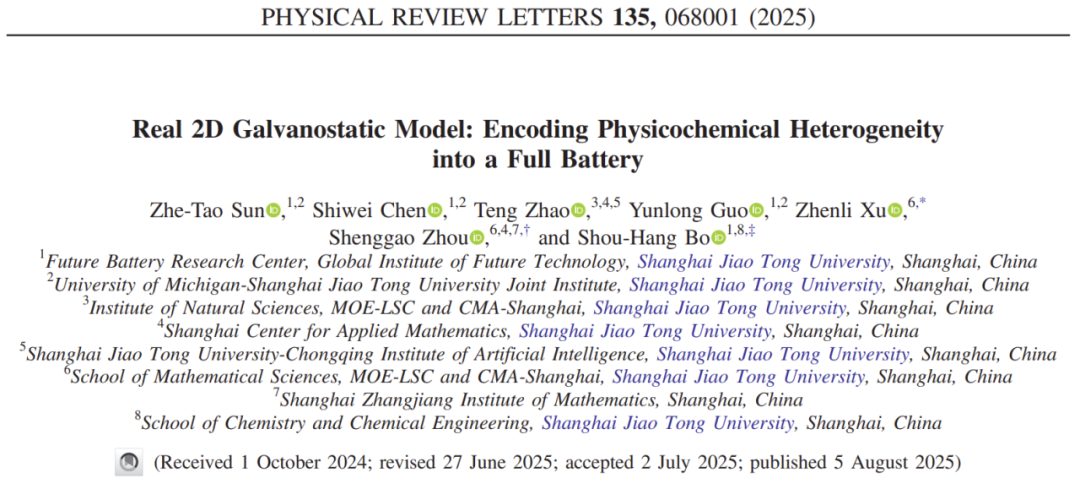
As battery energy capacity continues to improve, physicochemical heterogeneity accumulated during charge-discharge cycles has become a major factor in battery failure and thermal runaway. Over the past thirty years, electrochemical simulation has faced a fundamental challenge: simplified models often sacrifice critical microscopic information, while computationally intensive models struggle to simulate full life cycles. Therefore, uncovering the relationship between microscopic physicochemical heterogeneity and macroscopic electrochemical behavior has become a core challenge for next-generation lithium battery modeling.
To address this issue, Professors Shou-Hang Bo, Shenggao Zhou and Zhenli Xu conducted interdisciplinary research integrating physical chemistry, mathematics and materials science, and proposed a Real 2D (R2D) computable simulation framework. The R2D framework introduces an electrode adaptive strategy that balances the physicochemical complexity of battery heterogeneity with the computational cost of long-term charge-discharge simulations, achieving both high accuracy and low computational cost.
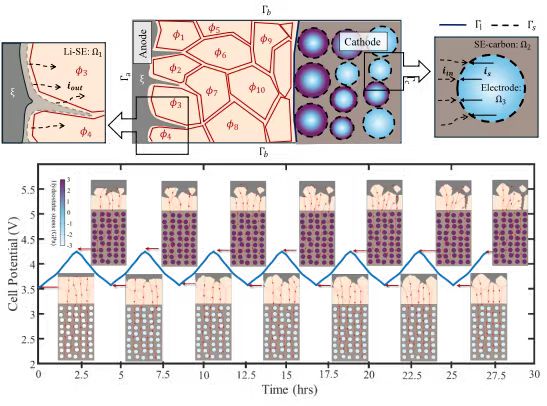
The R2D modeling framework enables heterogeneous modeling, constant-current operation and long-cycle computable simulations for solid-state batteries.
The key advantage of the R2D model lies in its ability to precisely predict the evolution of subtle defects (e.g., the topology evolution of internal grain boundaries) in battery structures during long-term charge-discharge cycles. It clearly demonstrates how particle-level defects gradually accumulate and develop into systemic failures, such as short circuits caused by internal defects or capacity decay due to mechanical stress.
Professor Shou-Hang Bo from Global Institute of Future Technology, Professors Zhenli Xu and Shenggao Zhou from the School of Mathematical Sciences served as corresponding authors. Zhe-Tao Sun, a Ph.D. student from the Future Battery Research Center of GIFT and the UM-SJTU Joint Institute, was the first author. Other collaborators included Dr. Shiwei Chen and Associate Professor Yunlong Guo from the UM-SJTU Joint Institute, as well as Assistant Researcher Teng Zhao from the Institute of Natural Sciences. This research was supported by the National Natural Science Foundation of China Excellent Young Scientists Fund, the Tianyuan Fund for Mathematics and the Ministry of Science and Technology’s Key R&D Program.
Paper DOI: https://doi.org/10.1103/4783-dkt8
Author Profiles
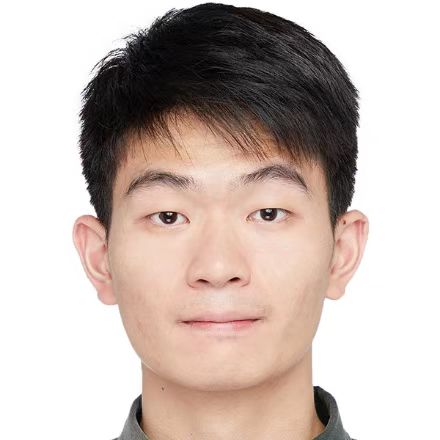
Zhe-Tao Sun
Ph.D. student at the Future Battery Research Center of GIFT and the UM-SJTU Joint Institute, SJTU. Research areas: multiscale and multiphysics simulations for solid-state batteries.
Corresponding Author Profiles
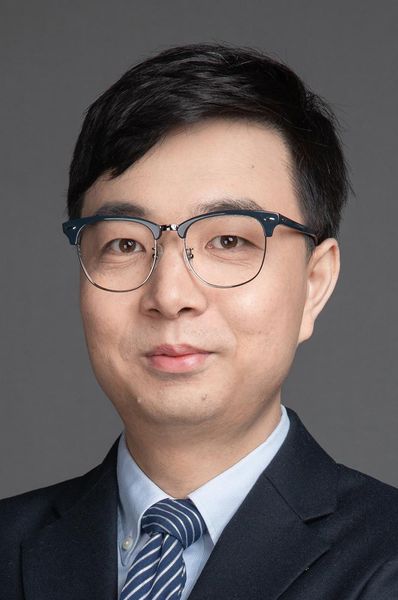
Shou-Hang Bo
Professor and Ph.D. supervisor at Global Institute of Future Technology and the School of Chemistry and Chemical Engineering, SJTU. Recipient of the National Excellent Young Scientists Fund.
Prof. Bo earned his bachelor's degree from Fudan University in 2009 and Ph.D. from Stony Brook University in 2014. He then worked as a postdoctoral researcher at MIT and Lawrence Berkeley National Laboratory. Research areas: multiscale electo-chemo-mechanical coupling mechanisms in solid-state batteries.
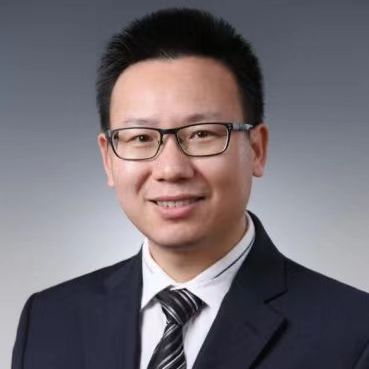
Zhenli Xu
Distinguished Professor and Ph.D. supervisor at the School of Mathematical Sciences, SJTU. Selected for the National Young Top-Notch Talent Support Program and recipient of the National Science Fund for Distinguished Young Scholars.
Prof. Xu earned his bachelor's, master's and Ph.D. degrees from the University of Science and Technology of China in 2001, 2003 and 2007, respectively. Currently, he serves as Deputy Director of the Shanghai National Center for Applied Mathematics (SJTU Center). His research focuses on model construction and numerical algorithms in physics, biology and data science, molecular dynamics and Monte Carlo simulations, and numerical methods for partial differential equations.
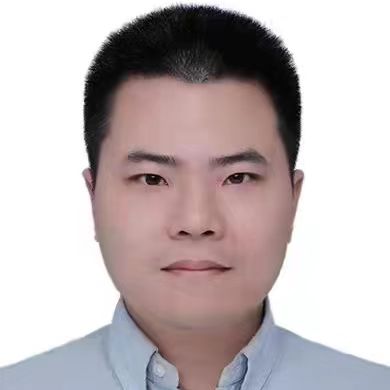
Shenggao Zhou
Professor and Ph.D. supervisor at the School of Mathematical Sciences, SJTU. Selected for the National Major Talent Program Youth Project.
Prof. Zhou earned his Ph.D. from Zhejiang University in 2012 and conducted postdoctoral research at the University of California, San Diego. His research focuses on computable modeling and numerical methods for molecular systems, drug design and electrochemical energy systems.




